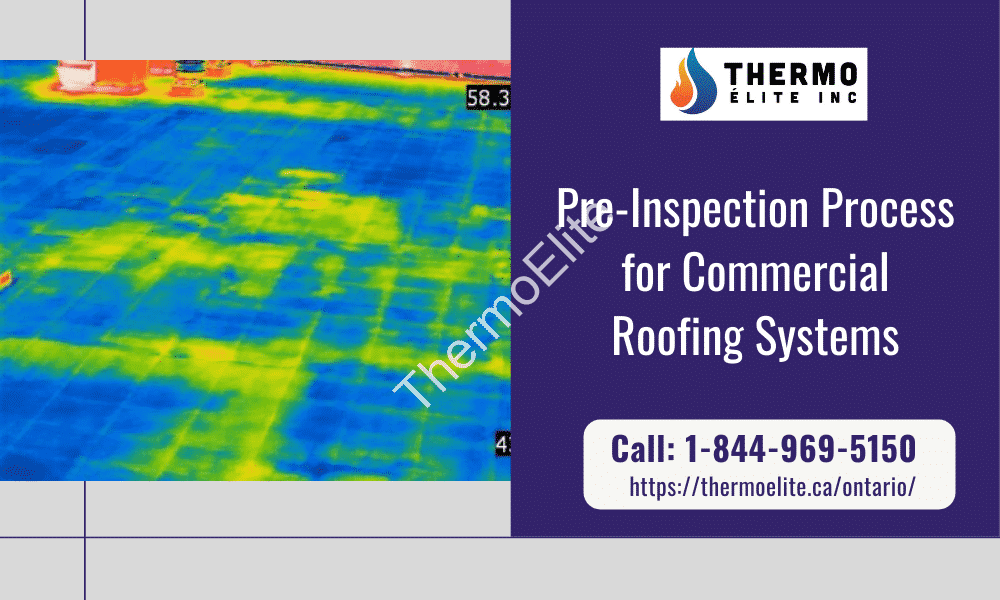While drawing up the inspection agreement for a property, the inspector includes the Standards of Practice that form the basis of the inspection. Inspections of commercial buildings are performed per the International Standards of Practice for Inspecting Commercial Properties (ComSOP) in Ottawa and around the world. There should be a consensus on deviations from the Standards of Practice, which should be stated in writing in Exhibit A: Scope of Work Section.
What are the Commercial Inspection Standards of Practice?
The inspection standards of practice, in general, are a set of guidelines that specify the minimum that is compulsory for the inspector to inspect and report on. Just as importantly, it also specifies what can be avoided. It’s observed that for the inspection of commercial/industrial properties, the Standards of Practice are usually less restrictive than those that are set for residential properties, a trait observed globally, including in Ottawa. It gives inspectors the leeway to tweak their services as per their clients’ needs. The risk of failing to comply with the standards is lower as they are less restrictive.
It’s during the initial meetings itself that the inspector needs to adjust the agreement to accommodate the client’s needs through discussions. Here are some of the issues where significant differences from residential inspections have been observed-
- Some of the research that needs to be carried out for commercial inspections is outside the scope of residential inspections.
- The clients may demand estimates of the costs involved in the correction of faults or other work as per the findings of the report. Inspectors may make it clear through the language in the agreement that the estimates given in the report are non-binding and that actual costs are likely to vary. Depending on the client’s needs, the report may also include written and binding estimates.
- The client may seek a limited inspection covering only certain building systems. If this is in contravention with the Standards of Practice, the deviations from the standard should be included in the agreement in writing.
- There may be systems and/or components in a building requiring specialized knowledge or experience to be inspected capably.
- The client (or the seller) may seek to keep the findings of the inspection confidential making sure that they aren’t made known to the tenants or occupants. It’s therefore important to defer questions from third parties to the client and the inspection shall have to be carried out when the building is empty.
- Owners of commercial/industrial properties having them inspected are more likely to engage more than one specialist, like contractors. Such inspections involve compiling the data collected by the inspectors along with the information in reports generated by various specialists.
Gathering Information
Variations occur in common defects and warranty requirements that are specific to individual membrane systems. They are influenced by-
- The type of roof structure they are installed on
- The material type and quality
- Installation quality and its maintenance
- Changes in the configuration of the roof, the roof-mounted equipment, or use of the building; and lastly,
- Which environment or climate the roof is installed in
Even before he carries out the walk-through survey, if the inspector invests enough time and effort in gathering information before the on-site inspection is undertaken, he may start identifying problems. There may be occasions when the commercial property inspector will need to perform some research even after the on-site inspection is done. After such research is conducted, the inspectors are in a better position to identify the problems they are likely to come across during the walk-through survey.
The information may be in the form of:
- Documents supplied by the client or the information collected in interviews with the staff or his representatives
- Research carried out at the local building department; and
- Information gathered from the manufacturer of the roof system
The Sources of Research
Here are some examples of research sources-
- Contract documents which include the specifications, drawings, and the orders for change
- Notes collected from the building maintenance personnel and the information gathered from interviews with them
- Information contained in the installation manual of the roof system manufacturer
- The list containing details of approved subcontractors and material suppliers
- Any samples of approved materials that may have been submitted for checking visually
- Any certification of the materials used in the construction of the roofing system
- Copies of any warranties and guarantees related to the roof
- Permits related to the building
- Reports prepared during past inspections
- The maintenance log of the roof containing the roof’s entire history
The historical records of the buildings are of special significance to the inspector. They contain information like-
- A description of the building which includes its height and area (footprint)
- The roofing contract
- The service agreement
- A description of the roof system component
- Details of installation requirements
- Details and specifications of termination and flashing
- Information on the year when the roofing system was installed
- Dates when repairs or alterations were made along with their detailed descriptions
- Details of the guarantee and warranty
- Description and details of the drainage system
Conclusion
The Standards of Practice are, therefore, an outline of the minimum an inspector needs to examine and prepare reports on and includes guidelines on what the inspector may leave out. All the involved parties must agree to any Deviations from the Standards of Practice. It should also be specified in writing in Exhibit A: Scope of Work Section.
Sometimes, commercial property inspectors must carry out research not only before, but after the on-site inspection as well. The inspector may seek a variety of documents or resources from the owner of the building or the client. The scope of the project is by the client, which decides the scope and extent of the research.



